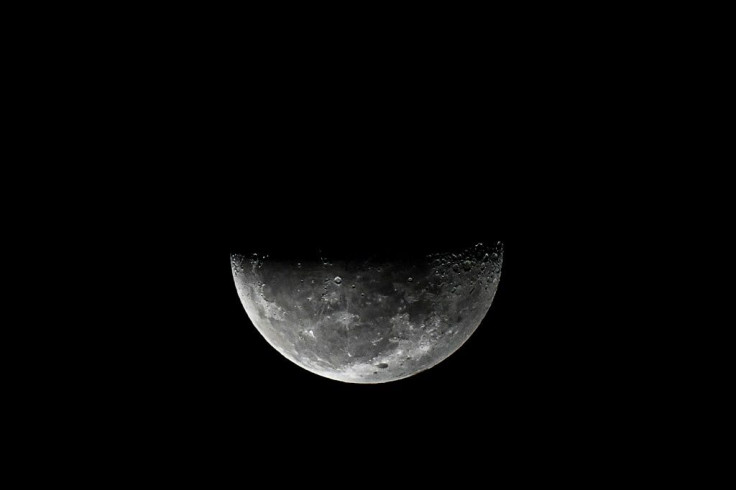China Moon Probe This Week Could Fetch Lunar Rocks For The First Time In 40 Years
KEY POINTS
- Chang'e-5 could tentatively launch on Nov. 24 from China's Wenchang Space Launch Center
- The spacecraft is powered by solar panels and is equipped with a robotic arm and other features
- The mission may take one lunar day that is equivalent to 14 days on Earth
After 40 years, China could become the third country in the world, next to the United States and the Soviet Union, to gather rocks from the Moon and then bring them back to Earth. The last attempt of a similar moon mission was way back in the 1970s.
China's Chang'e-5 probe could go to space anytime this week and will try to collect 2 kilograms of Moon rock samples from the Oceanus Procellarum, the dark area of the Moon that is visible from Earth. According to NASA, the Chang'e-5 could tentatively launch on Nov. 24 from China’s Wenchang Space Launch Center on Hainan Island.
The spacecraft, named after the Chinese goddess of the moon, weighs about 8,200 kilograms. It is powered by solar panels and is equipped with a robotic arm, a coring drill and a sample chamber. Other equipment included are the Panoramic Camera (PCAM), Lunar Regolith Penetrating Radar (LRPR) and Lunar Mineralogical Spectrometer (LMS).
The mission may take one lunar day, which is equivalent to 14 days on Earth. Chang'e-5 will re-enter the Siziwang Banner grassland of the autonomous region of Inner Mongolia in China.
The mission is significant because the samples to be retrieved by Chang'e-5 could answer one crucial gap in human's understanding of volcanic activity on the Moon. Separate missions by both the U.S. and the Soviet Union ended in a similar conclusion: Activities on the Moon peaked 3.5 billion years ago and mysteriously stopped at that point.
However, more recent observations of the Moon's surface suggest that there remains to be unexplored territories with volcanic lava from one to two billion years ago. If successful, Chang'e-5 could reveal an entirely different story about the Moon.
"If Chang'e-5's samples confirm that the Moon was still active during this time, we will rewrite the history of the Moon," said Xiao Long, a planetary geologist at the China University of Geosciences in Wuhan, as per Nature.
If indeed the Moon had volcanic activities unknown to men, Chang'e-5's samples could tell what prompted this thermal activity, according to Clive Neal, a geoscientist at the University of Notre Dame in Indiana.

© Copyright IBTimes 2024. All rights reserved.




















